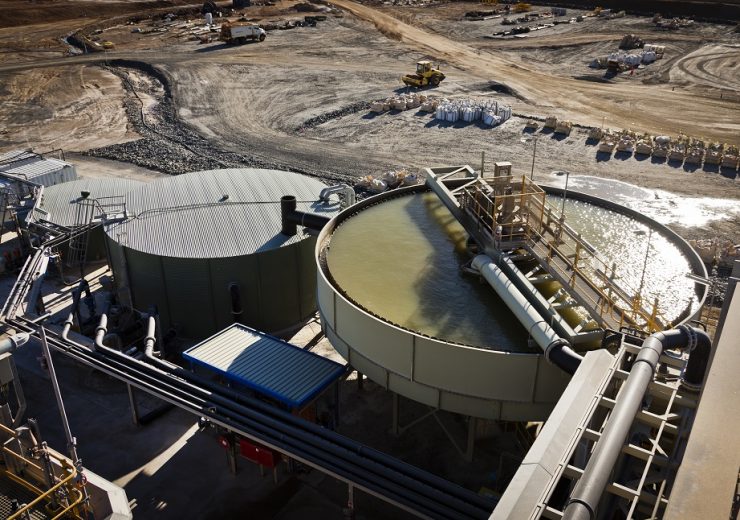Researchers say more investment is needed into lithium mining capacity in order to meet a projected demand surge as more electric vehicles enter the market

Processing plant at lithium mine in Western Australia (Credit: Jason Benz Bennee/Shutterstock)
Lithium prices could triple by the end of this decade as supply of the sought-after metal lags behind demand growth spurred by the rise of electric vehicles (EVs).
Analysis from Rystad Energy estimates a “serious” shortage by 2027 unless short-term investment into new mining capacity accelerates.
“This imbalance will grow larger as the years pass and is set to cause delays for the production of millions of electric passenger cars, even when planned new mining projects add their capacity,” the consultancy says.
Lithium has emerged as a key ingredient of the low-carbon energy transition, used in the manufacture of EV batteries and other battery-powered renewable technologies – and as these industries grow, demand for lithium and other minerals like cobalt is expected to skyrocket.
“A major disruption is brewing for electric vehicle manufacturers,” says James Ley, senior vice president for energy metals at Rystad. “Although there is plenty of lithium to mine in the ground, the existing and planned projects will not be enough to meet demand for the metal.
“If more mining projects are not added to the pipeline quickly, the energy transition of road transport may need to slow down.”
An estimated five-to-seven-year timeline for taking a new lithium mining project through planning, financing and final completion means there is only a short window for new capacity to be added to the pipeline if a supply gap is to be avoided.
By 2027, Rystad estimates the equivalent of 3.3 million EVs could face delayed production due to the lithium supply shortage, rising to nine million EVs by 2028 and 20 million by the end of the decade.
Lithium supply and demand balance expected to shift into deficit by 2026
According to the researcher, lithium production capacity in 2021 stands at nearly 520,000 tonnes of lithium carbonate equivalent (LCE) – the most widely-used, battery-grade lithium product – with annual demand from battery manufacturers estimated at 300,000 tonnes of LCE.
But by 2026 this balance could shift to a mining capacity deficit, as demand for EVs and other battery-based products accelerates.
“If the current mining project pipeline remains unchanged, the capacity deficit will start swelling and reach nearly 820,000 tonnes in 2028, when LCE demand is estimated to surge to 2.8 million tonnes,” the group says.
“Things could get even worse as demand continues to rise, with the imbalance possibly ballooning to two million tonnes of LCE as soon as 2030.”
For historically-volatile LCE prices – which have swung from averages of $6,500 per tonne in 2015 to $17,000 per tonne in 2018, and back down to $8,200 in 2020 – these potential shifts in the future demand-supply balance spell further disruption.
Ley says: “We anticipate that lithium prices could replicate their past turbulence if supplies cannot catch up with booming EV demand later this decade. Looking at the significant task ahead to build more mining capacity, prices could even triple as a result of the market imbalance.”
Emphasis on battery recycling after 2030
While additional mining activity “looks like the only short-term option” to meet supply needs, Rystad says lithium battery recycling is expected to become more prevalent as the market targets sustainability principles.
This trend is unlikely to occur until the next decade, however, with current recycling efforts hampered by technical constraints, economic barriers, logistical issues and regulatory gaps.
“Current battery recycling requires high-temperature melting and extracting or smelting processes, which are energy intensive and not environmentally friendly,” the consultancy says.
“One key problem has been that batteries have not been designed with material recovery in mind, but rather to just produce energy for a long time and as cheaply as possible.”
